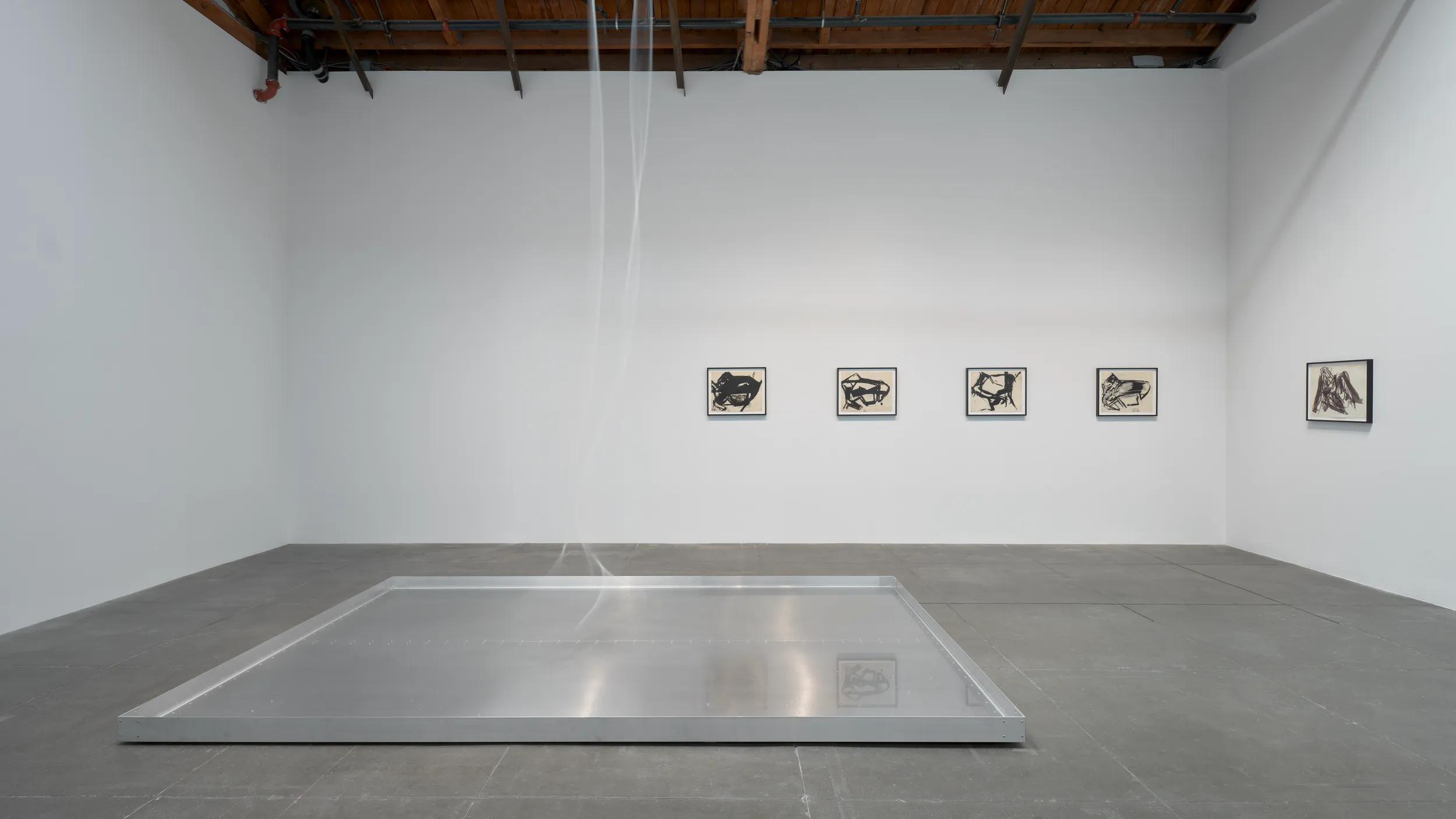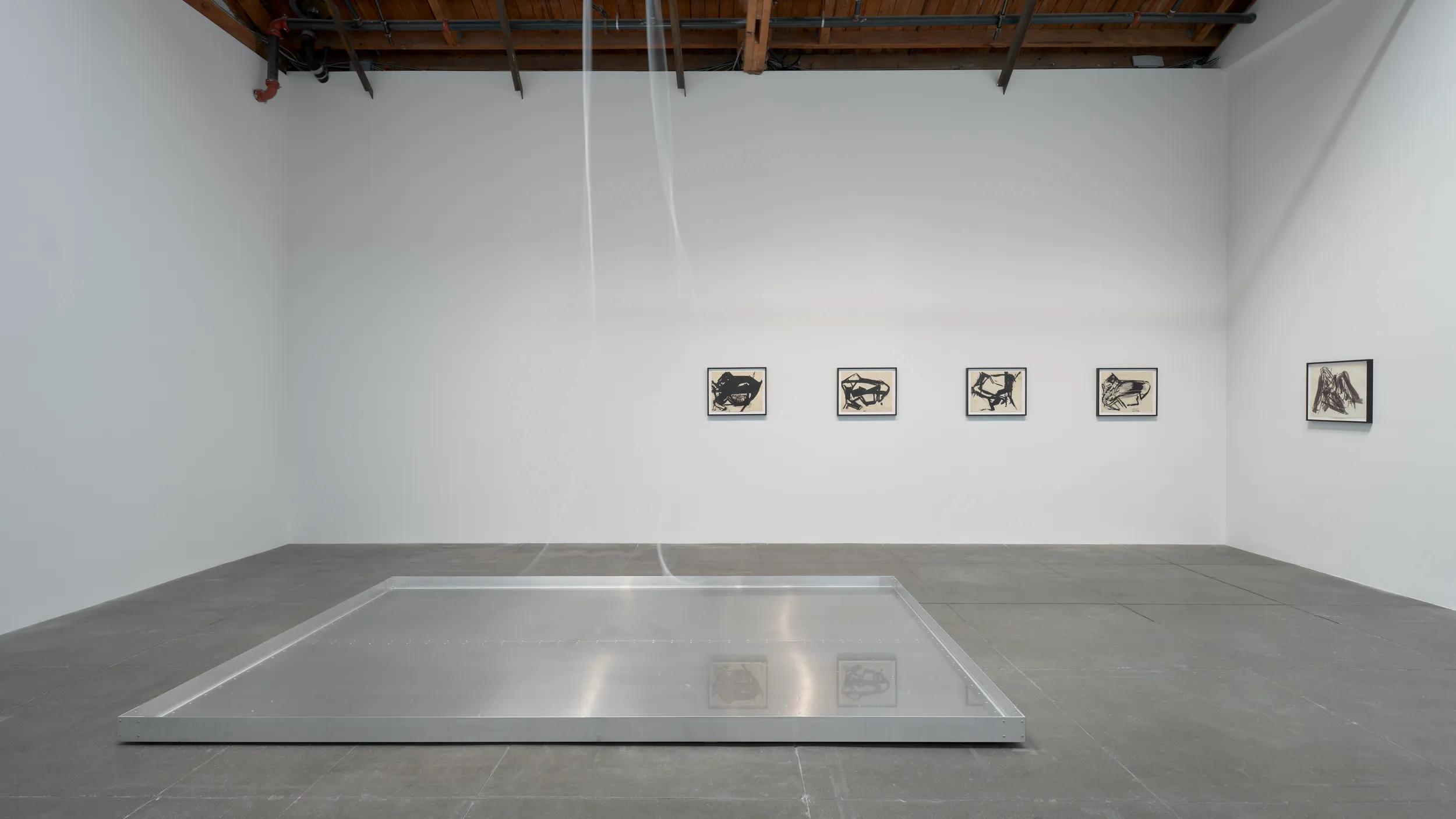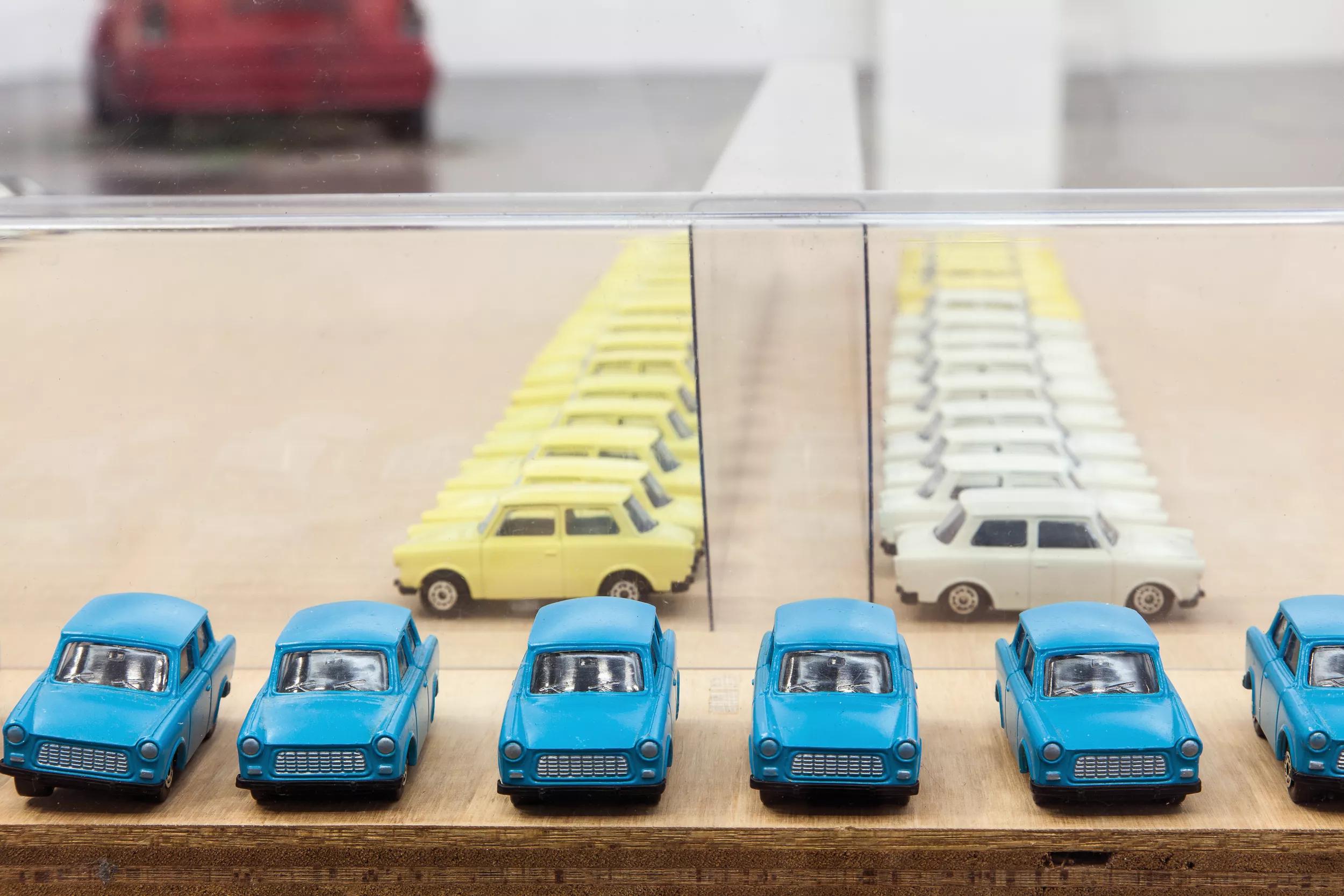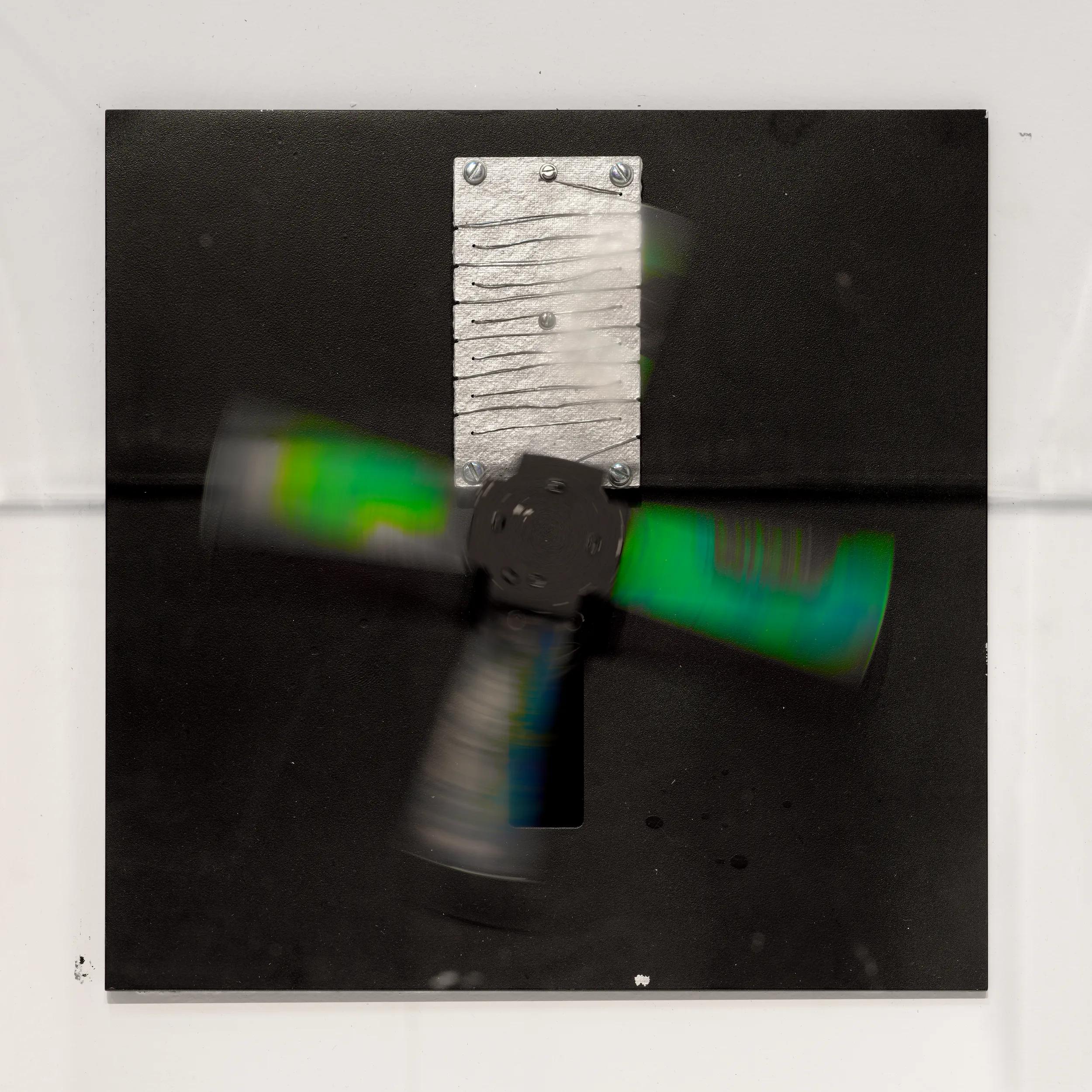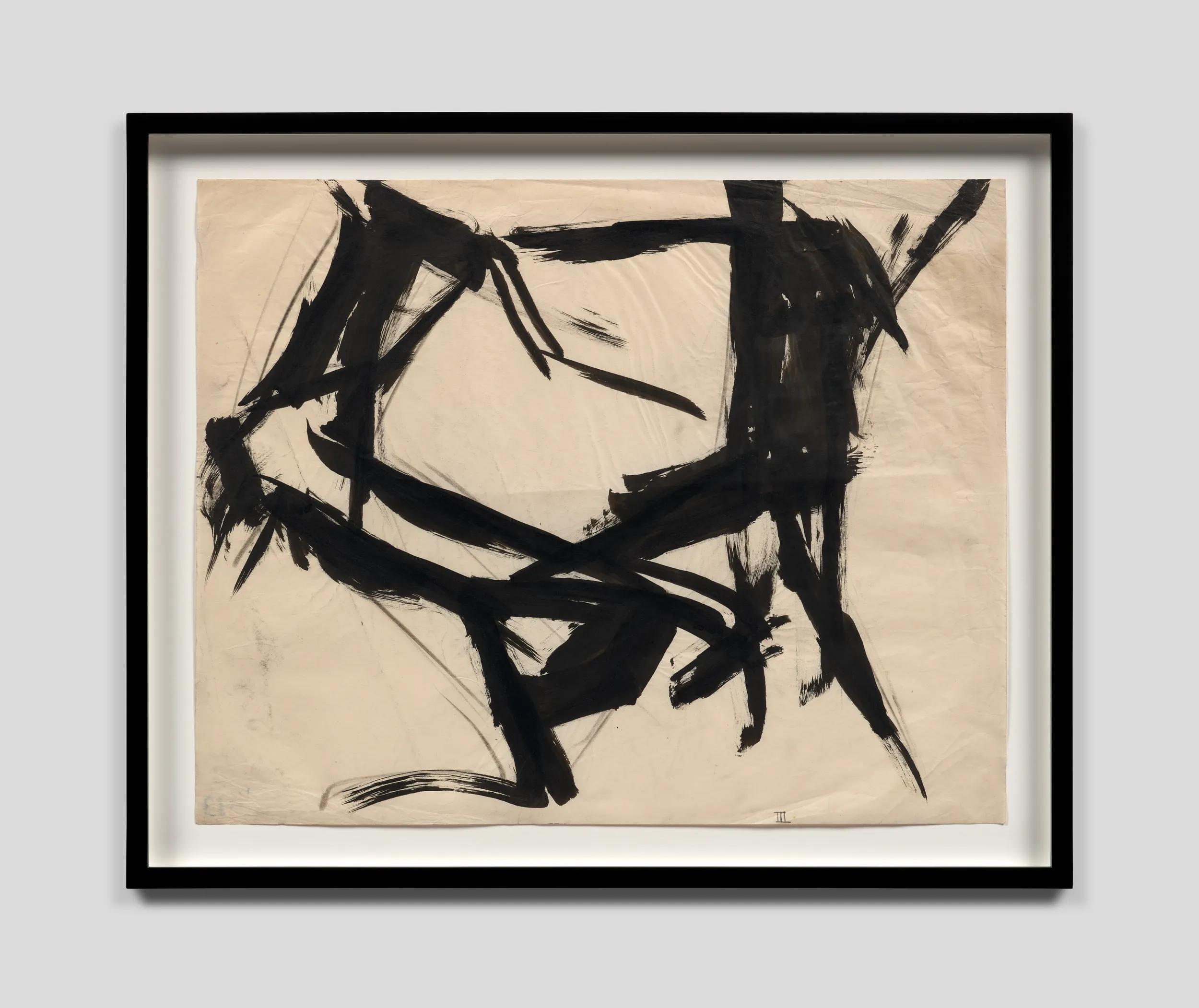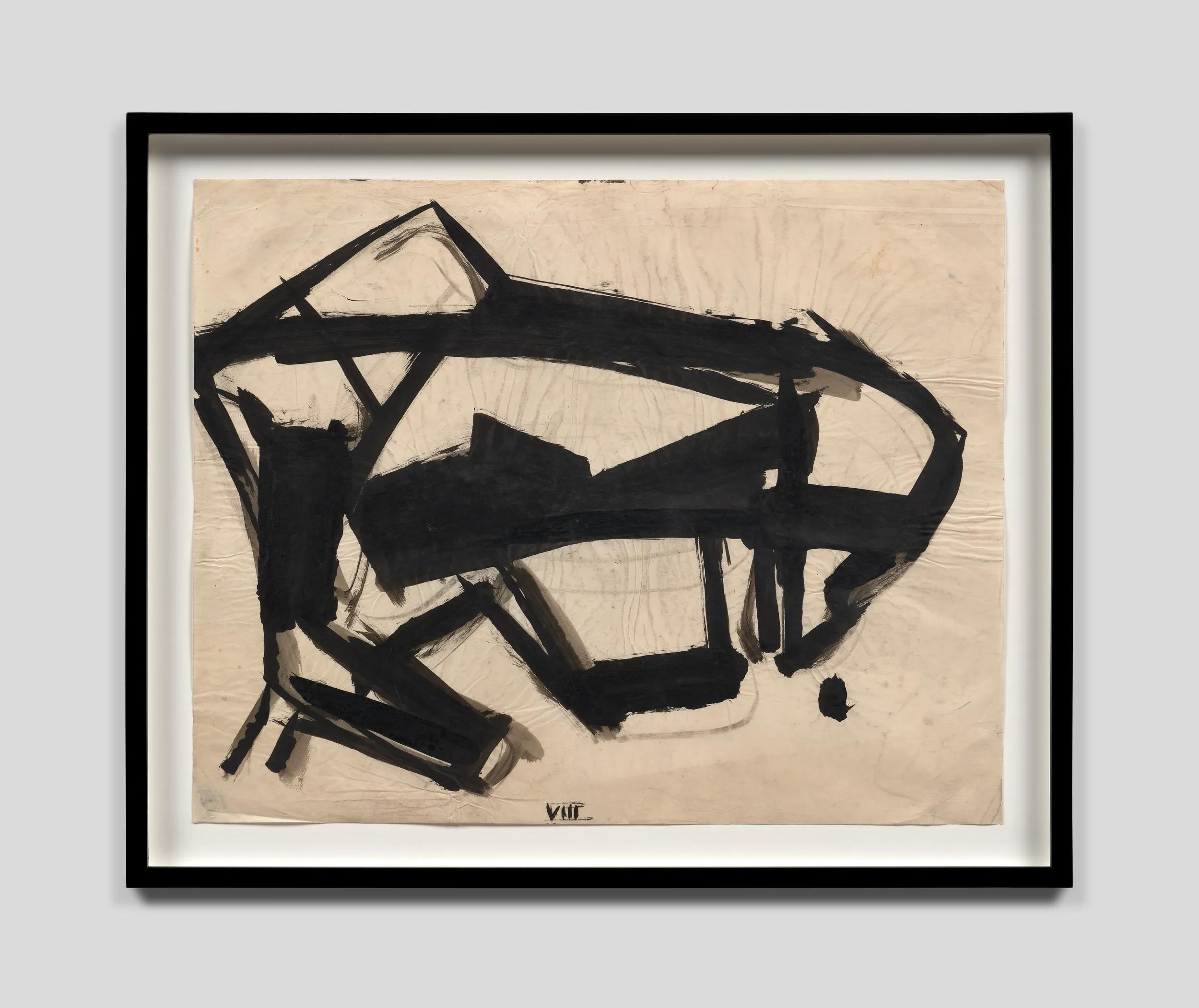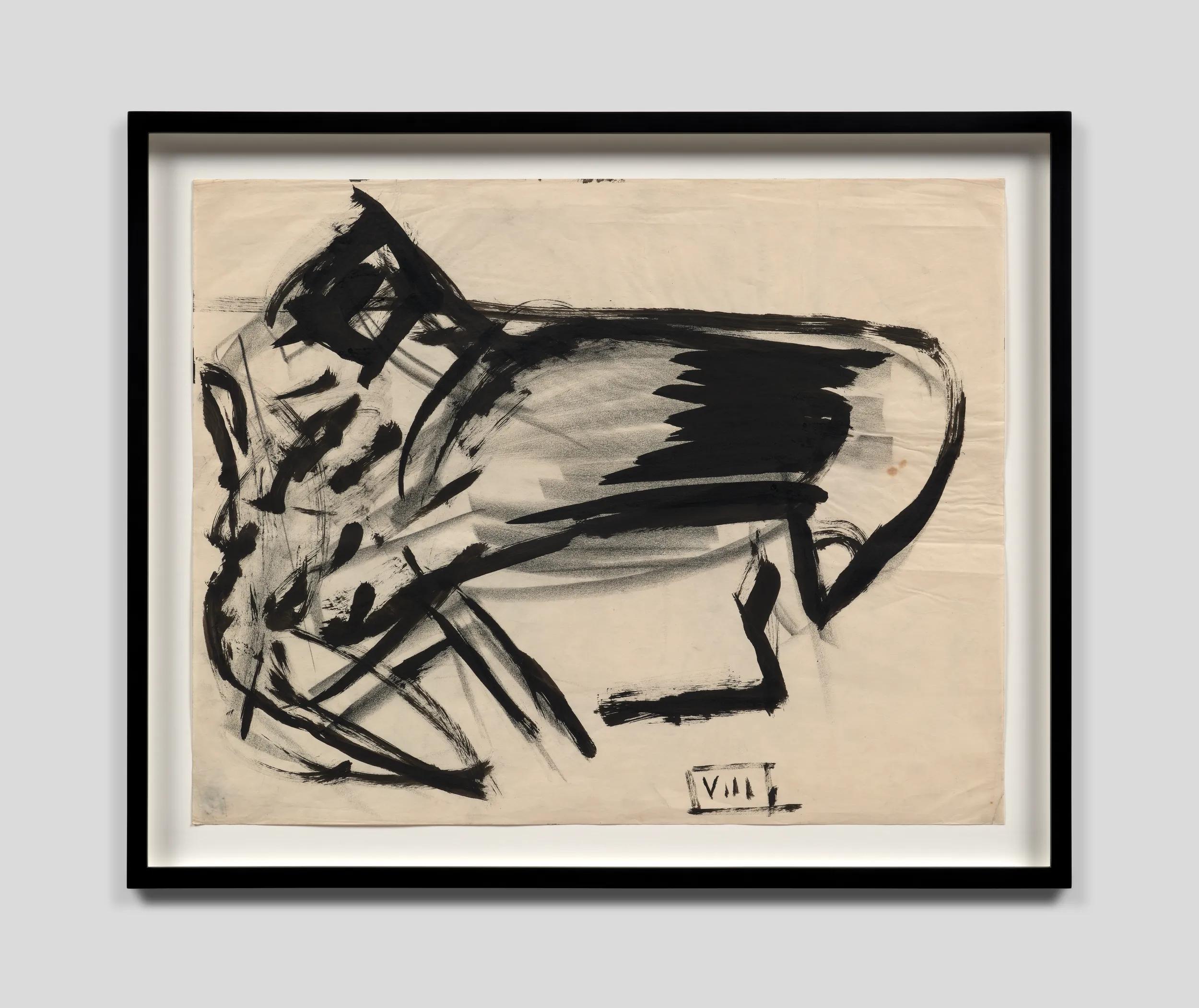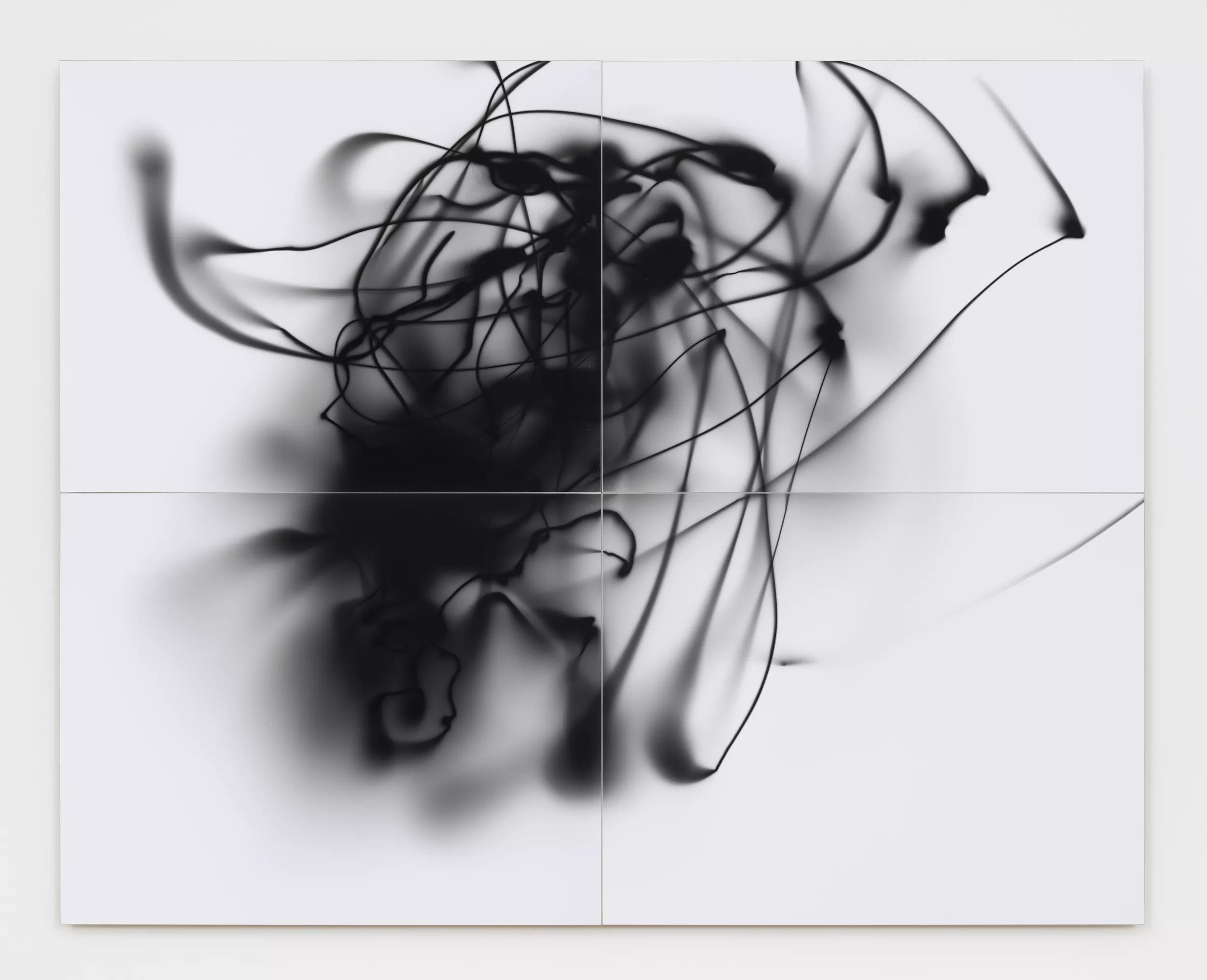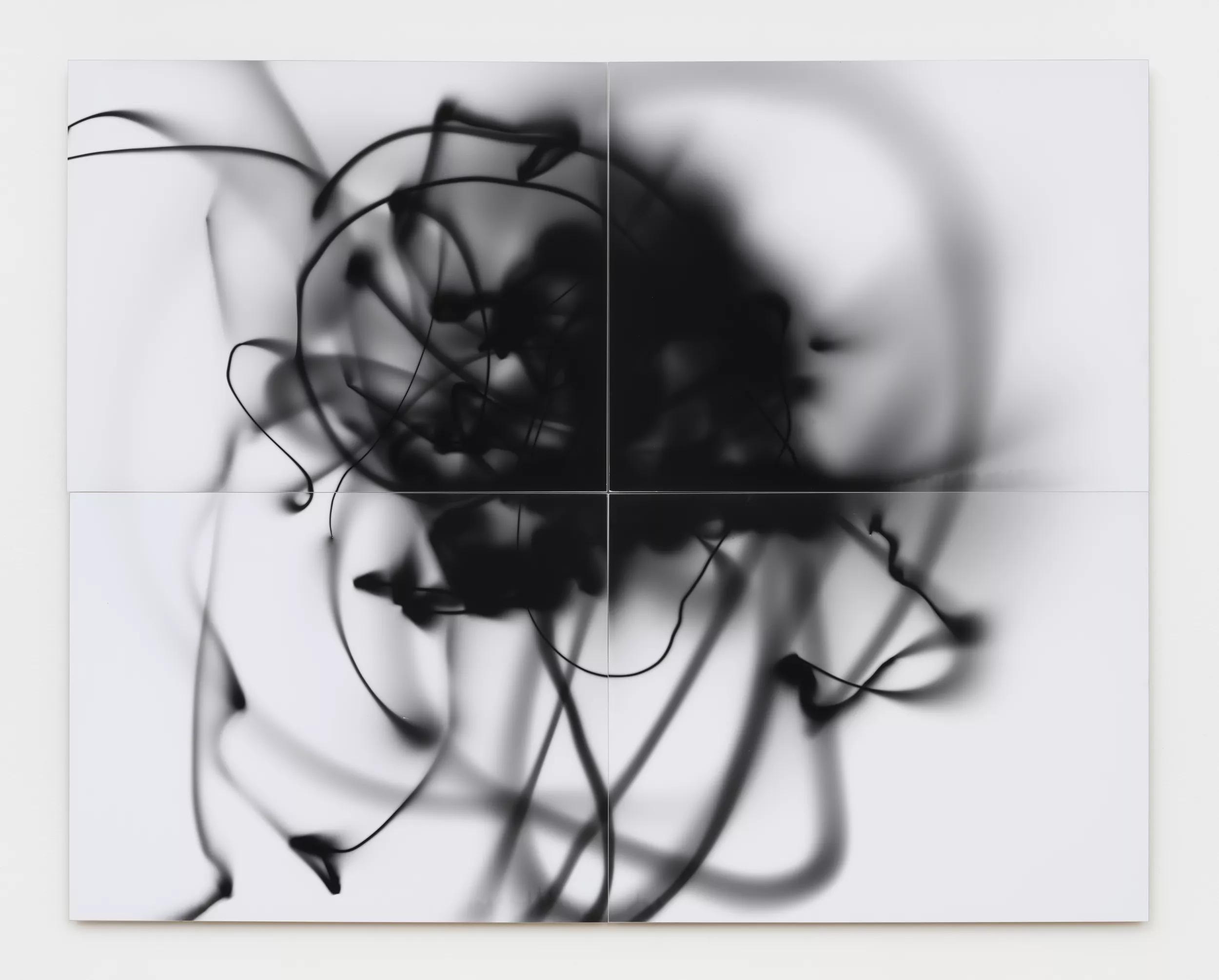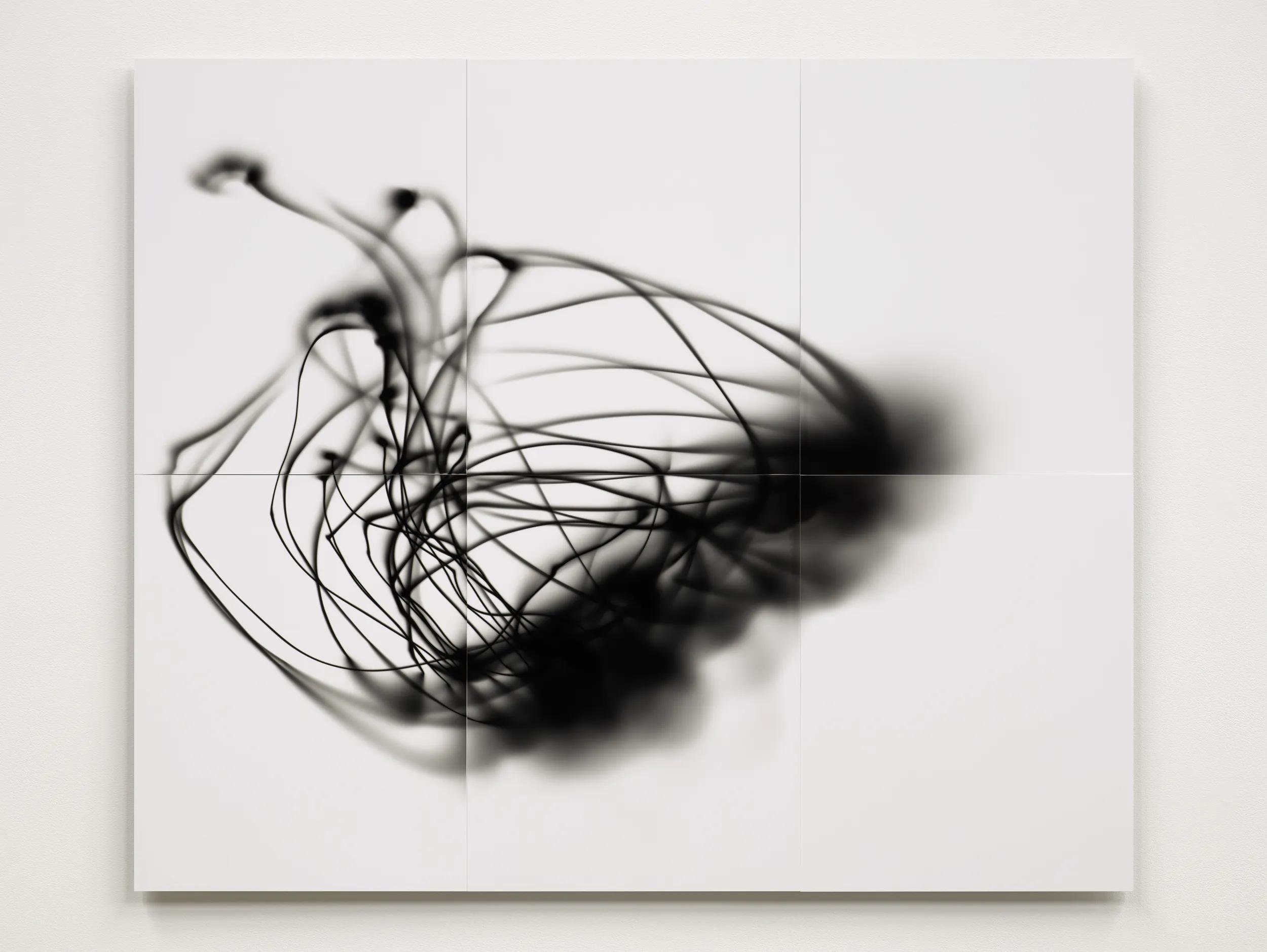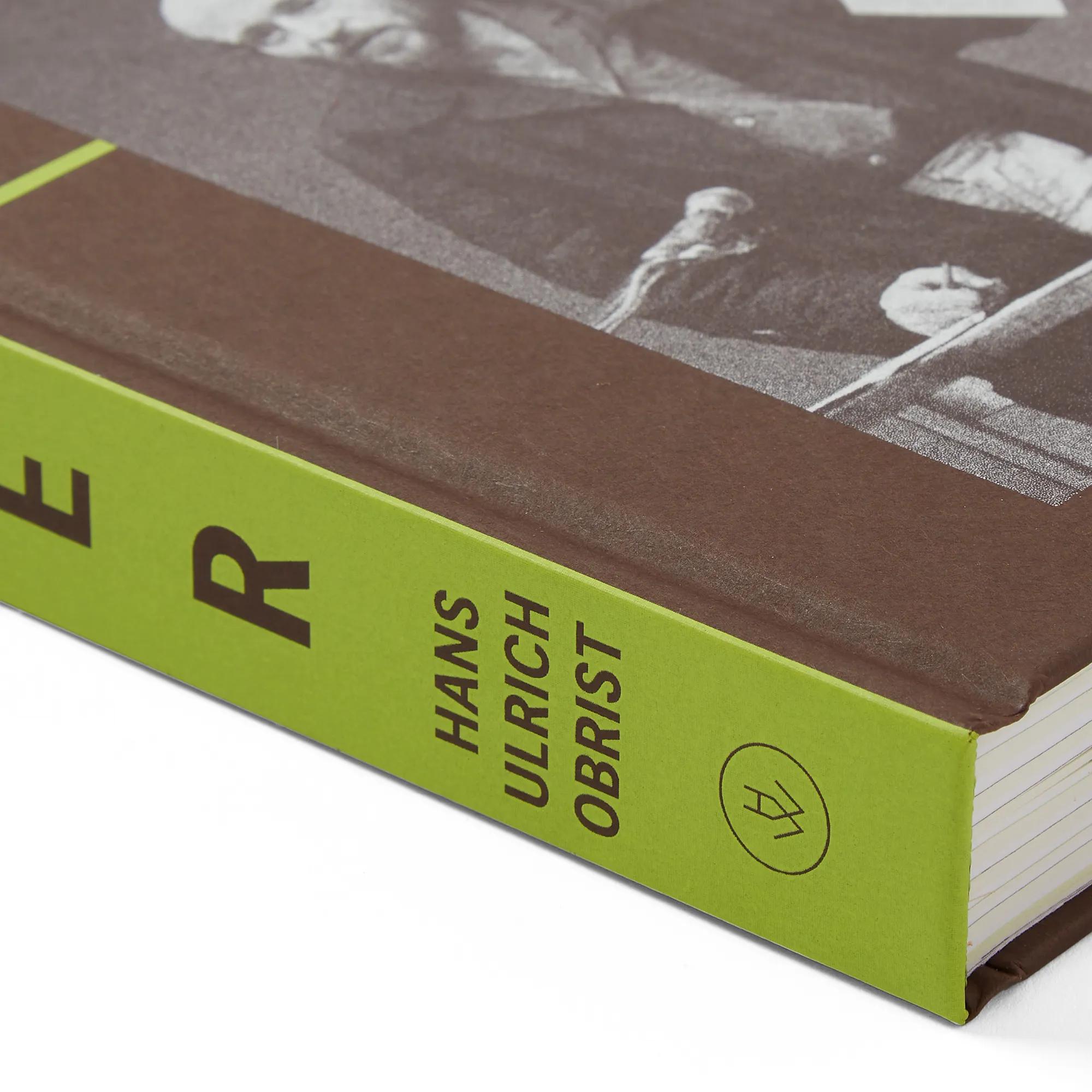‘The future of the world is what we are after. We start with the young and then when the young are twelve, fifteen, and then twenty-one, they can enter politics, and if they have got this initiation/introduction to key issues … it will make an enormous difference to the future of the world.’—Gustav Metzger
’Gustav Metzger. And Then Came the Environment’ is curated by Curatorial Senior Director, Kate Fowle and is presented in conjunction with the Getty Museum’s citywide PST ART initiative, ‘Art & Science Collide.’
About the Exhibition
‘And Then Came the Environment’ presents a range of Gustav Metzger’s scientific works merging art and science from 1961 onward, highlighting his advocacy for environmental awareness and the possibilities for the transformation of society, as well as his latest experimental works, created in 2014. The exhibition title comes from Metzger’s groundbreaking 1992 essay ‘Nature Demised’ wherein he proclaims an urgent need to redefine our understanding of nature in relation to the environment. Metzger explains that the politicized term ‘environment’ creates a disconnect from the natural world, manipulating public perception to obscure pollution and exploitation caused by wars and industrialization, and that it should be renamed ‘Damaged Nature.’
Gustav Metzger (1926-2017) was born in Nuremberg to Polish-Jewish parents, fleeing Nazi Germany via the Kindertransport to England when he was 12. There, while working as a gardener, he began his art studies in Cambridge in 1945, a time and place marked by scientific experimentation as the Atomic Age dawned. By the late 1950s, Metzger was deeply involved in anti-nuclear protests and developing his manifestos on 'Auto-Destruction' and 'Auto-Creation'—which he said were aimed at “the integration of art with the advances of science and technology”—gaining recognition in Europe through exhibitions, lecture-demonstrations, and writings.

Throughout his life, Metzger had a curiosity toward new materials and tools. Experimenting with projectors, electronics, liquid crystals, and silicate minerals such as Mica, he collaborated with scientists to explore transformations from one state to another, describing this as “the art of change, of movement, of growth.” By the 1970s, Metzger was also closely involved with the British Society for Social Responsibility in Science, raising awareness of increasing environmental degradation and social alienation, advocating for “old attitudes and new skills” to harmonize science, technology, society, and nature.

This exhibition presents Metzger’s early drawings alongside environmental and kinetic works from 1961 to 2014.
Exhibited for the first time in Los Angeles, works here include the earliest film documentation of Metzger’s bold chemical experiments on the South Bank in London (‘Auto-Destructive Art: The Activities of G. Metzger,’ directed by H. Liversidge, 1963); his first mechanized sculpture with Liquid Crystals—’Earth from Space’ (1966)—and the stunning, large-scale projection, ‘Liquid Crystal Environment’ (1966), one of the earliest public demonstrations of the material that makes Liquid Crystal Displays (LCDs), now omnipresent in our computer, telephone and watch screens.
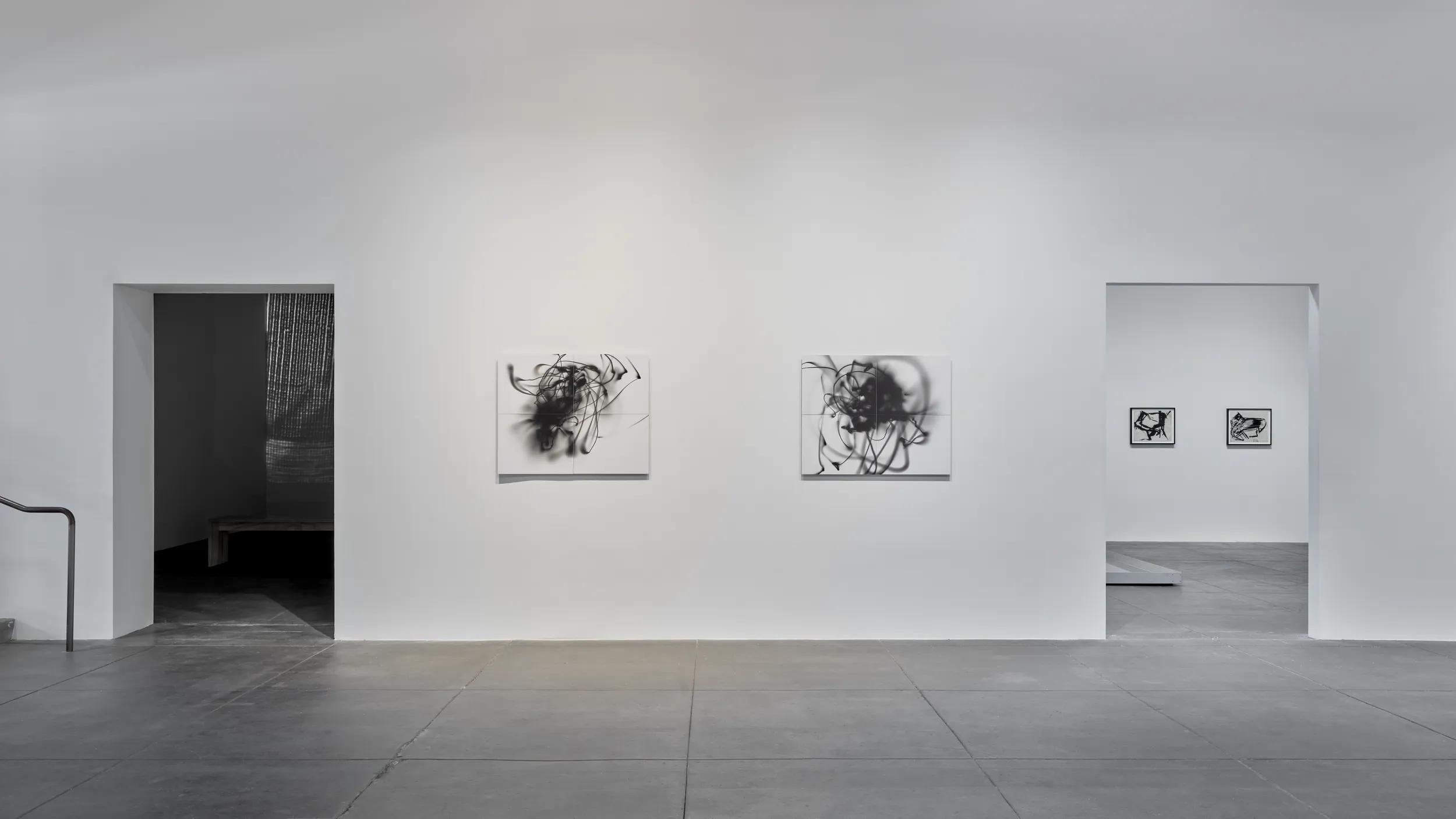
‘And Then Came the Environment’ also presents ‘Dancing Tubes’ (1968), an early kinetic project Metzger developed in the Filtration Laboratory of the University College of Swansea; various iterations of his projects against car pollution including the model ‘Earth Minus Environment’ (1992); and the Light Drawing series (2014), made using fiber-optic light directed by air or hand.
Publication
On the occasion of the exhibition, Hauser & Wirth Publishers will release ‘Gustav Metzger: Interviews with Hans Ulrich Obrist,’ edited by Karen Marta. Drawing from more than two decades of conversations with curator Hans Ulrich Obrist, artistic director of the Serpentine, this richly illustrated volume will offer a comprehensive overview of Metzger’s life, approach to art, and political activism. With a candor that comes from speaking to someone who knows him well, Metzger discusses his childhood in pre-Second World War Nuremberg, his participation in and co-organization of the 1966 Destruction in Art Symposium (DIAS) after his move to London, and his visionary thinking about environmental destruction, among many other topics. This panoramic book, which is complemented with a new, rigorously researched chronology, is a vital resource for Metzger scholars and newcomers alike.
A book launch and talk will take place in New York at Hauser & Wirth, 18th Street on 21 September.
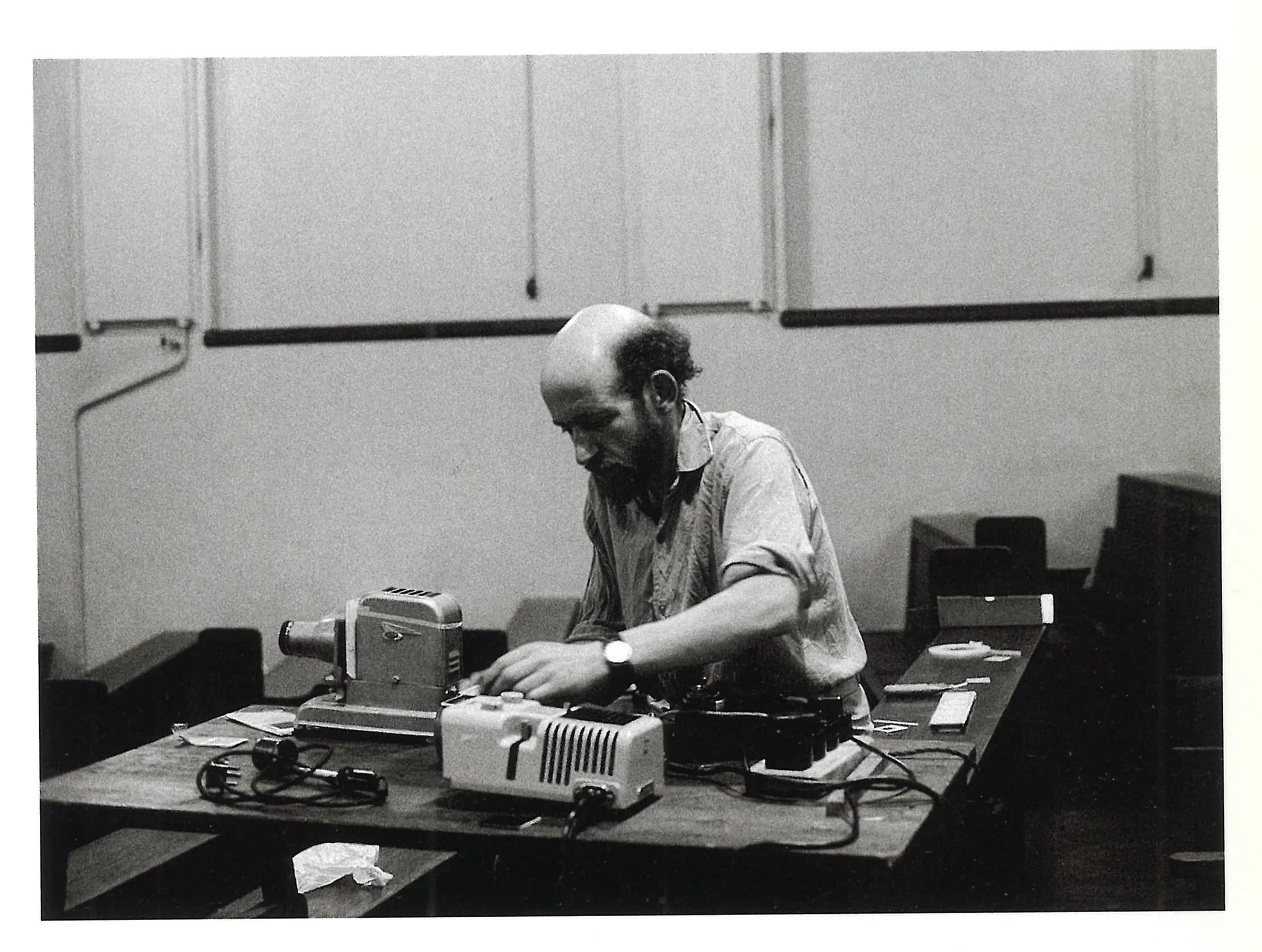
Museum Surveys
‘And Then Came the Environment’ coincides with two major European institutional exhibitions devoted to Metzger’s oeuvre and contributions: ‘Gustav Metzger. All of Us Together,’ curated by Hans Ulrich Obrist, Vassilis Oikonomopoulos and Arthur Fouray, at LUMA, Arles, France (30 June 2024 – onwards) and ‘Gustav Metzger,’ curated by Susanne Pfeffer and Julia Eichler, at Museum für Moderne Kunst (MMK), Frankfurt, Germany (27 July 2024 – 5 January 2025).
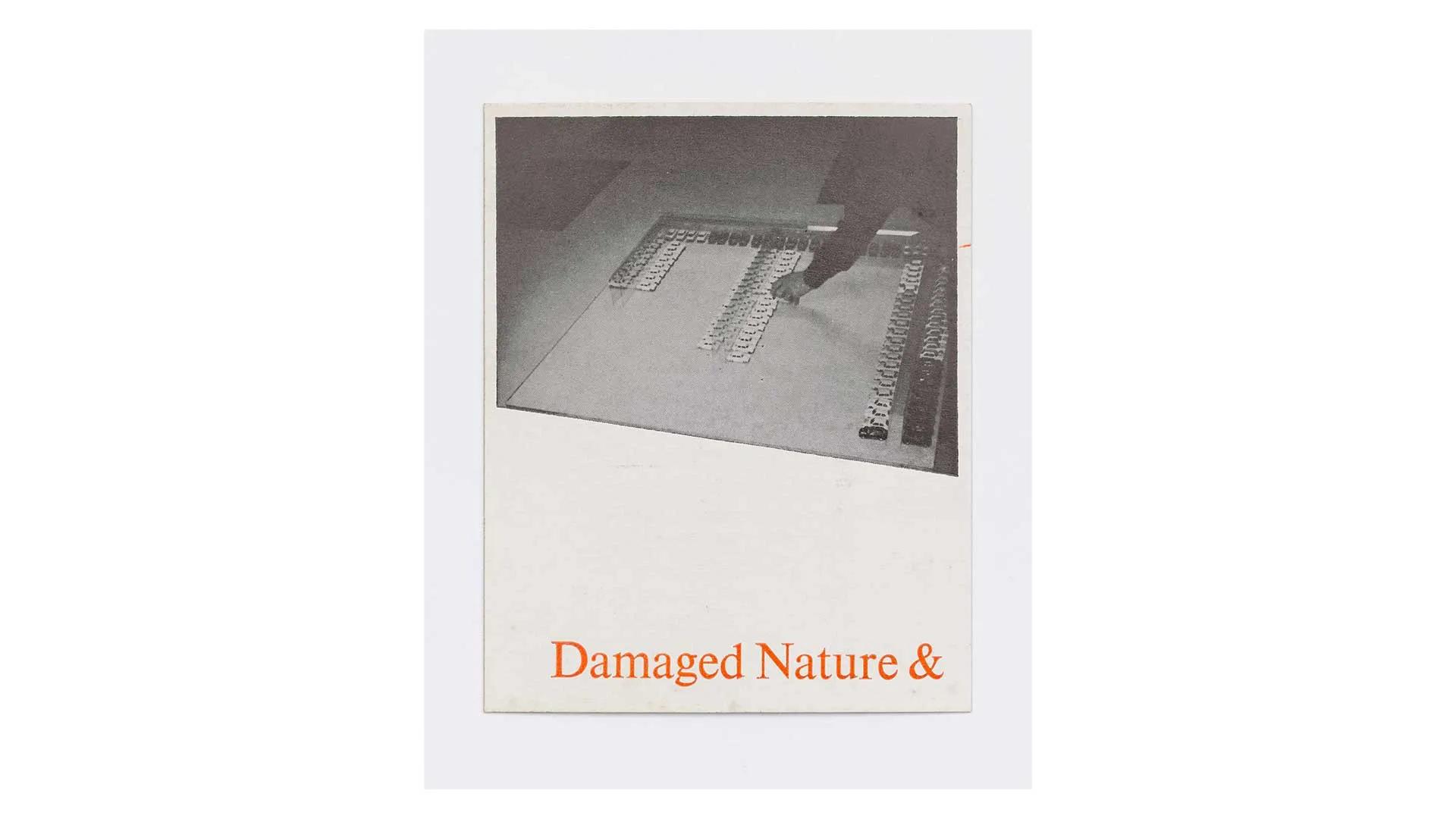
New Animation
The exhibition will be complemented by a new short film created by artist Justin Richburg, who animated Childish Gambino’s 2018 hit ‘Feels like Summer,’ which references climate change. Richburg’s piece was inspired by and responds to Metzger’s 1992 essay ‘Nature Demised.’ The film represents the first time Metzger’s ideas have been directly expressed through a new medium, thus reflecting his interests in ongoing transformation and his conviction that younger generations were the most essential, urgent audiences for his work.
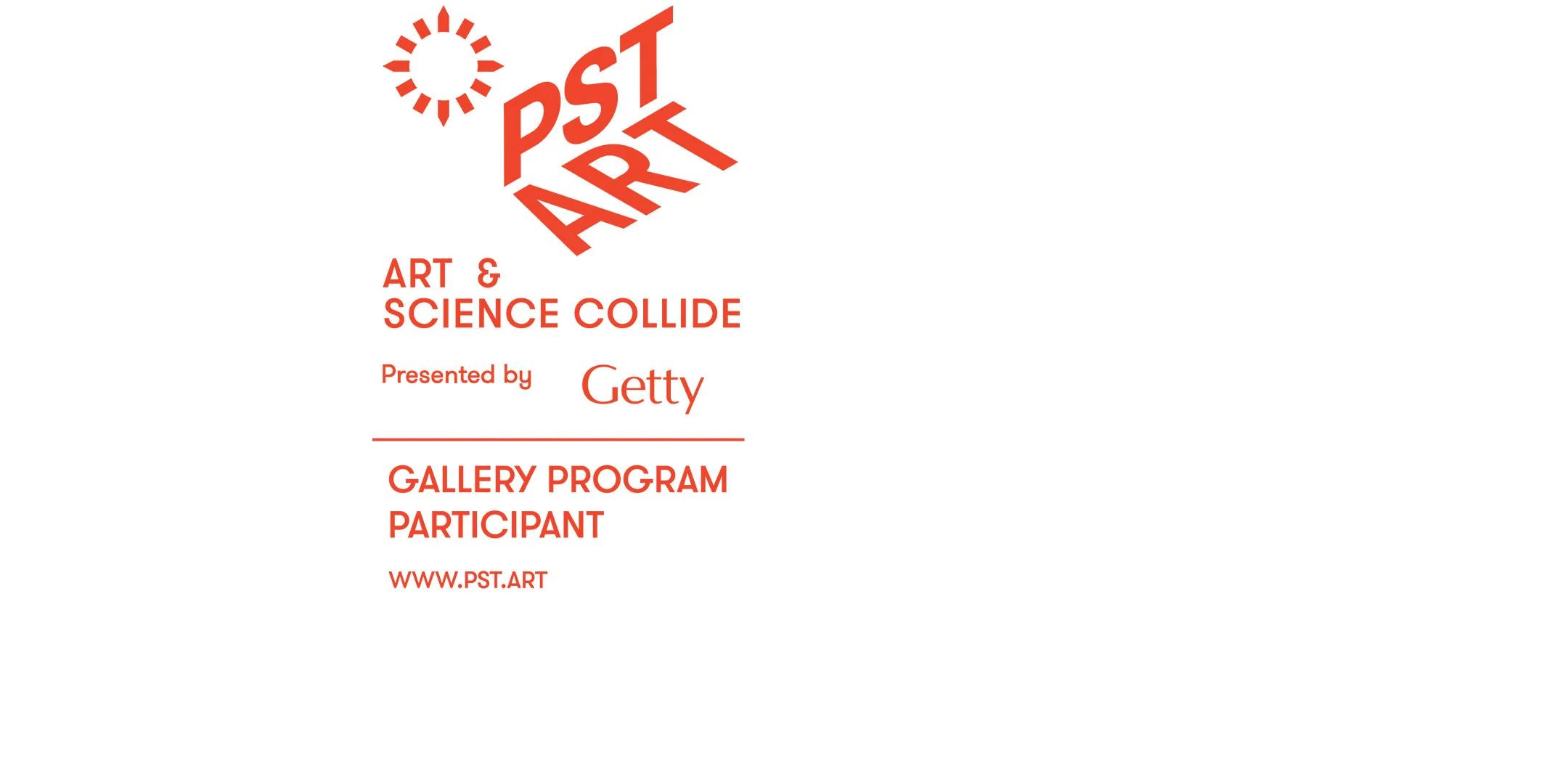
About PST ART
Hauser & Wirth is part of PST ART as a Gallery Program Participant. Returning in September 2024 with its latest edition, ‘PST ART: Art & Science Collide,’ this landmark regional event explores the intersections of art and science, both past and present. PST ART is presented by Getty. For more information about ‘PST ART: Art & Science Collide,’ please visit pst.art.

On View in Downtown Los Angeles
‘Gustav Metzger. And Then Came The Environment’ is on view at Downtown Los Angeles until 5 January 2025.
Related Content
About the Artist
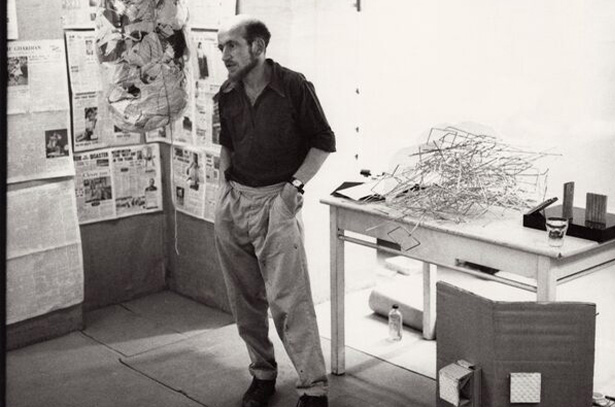
Gustav Metzger
Gustav Metzger was a visionary artist and radical thinker. At the heart of his practice, which spanned over 65 years, are a series of constantly opposing yet interdependent forces such as destruction and creation. Metzger’s involvement in anti-nuclear movements such as the Committee of 100 and his life-long activism to combat environmental destruction was fundamental to his provocative questioning of the role of artist and of conventional forms of artmaking and display. His auto-destructive art, meant as a public art form that would instigate social change, sought to provide a mirror of a social and political system that he felt was indifferently progressing towards total obliteration. He also sought to place the emphasis on action over creation of the art object, inviting viewers to interact with some of his work to heighten their impact.
Metzger was born in Nuremberg, Germany on 10 April 1926 to Polish-Jewish parents. He arrived in Britain on the Kindertransport in 1939 with his older brother. Most of their immediate family were killed in the Holocaust. From 1945 to 1953, Metzger studied art in Cambridge, London, Antwerp and Oxford and studied under the artist David Bomberg.
The artist’s legacy is profoundly rooted in activism in both the political and artistic realms. Metzger envisaged art as a means of communicating the futility and horrors of conflict and war. By 1958, Metzger had become heavily involved in anti-capitalist, anti-consumerist movements and the Campaign for Nuclear Disarmament. In 1960, he was a founder member of the Committee of 100 and this led to a short imprisonment in 1961 with Bertrand Russell and other members of the Committee for encouraging mass non-violent civil disobedience.
Metzger's political activism provided the foundation for his first manifesto in 1959, titled ‘Auto-Destructive Art,’ which he described ‘as a desperate last-minute subversive political weapon...an attack on the capitalist system… .’ That year he also created his first auto-destructive artworks by spraying acid onto sheets of nylon, which caused the disintegration of the work itself, as another form of anti-nuclear protest. Metzger went on to organise the seminal Destruction in Art Symposium in London in 1966, centred around destruction-themed events, talks and activities that brought together artists from all over the world, including Yoko Ono who first performed her ‘Cut Piece.’ This was later followed in 1974 by a call from Metzger for artists to support a three year Art Strike which was to run from 1977 to 1980, and he did, in fact, withdraw from the art world in those years.
The notion of creation is a continual counterpoint to themes of destruction throughout Metzger’s practice. Drawing on experiments first began in the mid-1960s for the exhibition ‘Extremes Touch’ in Swansea, he developed the principle of ‘auto-creative art,’ later explaining, ‘If you look at the first manifesto for auto-destructive art, the term ‘auto-creative art’ receives more prominence, so there’s a side of my activity that has to do with growth and opening to the endless in life and art.’
An enduring interest in science began in Metzger’s formative years and played a significant role in the development of his work throughout his entire life. In 1965, he used liquid crystals that were magnified and projected onto walls as the basis for one of his most well-known works, ‘Liquid Crystal Environment.’ Through his experimentation with liquid crystals and dedication to the effects of aesthetic beauty on the human experience, Metzger explored what he described as ‘the use of art to recharge the human being who can tend towards depletion or collapse.’ He also developed the idea of using computer technology for art long before many of his contemporaries.
In 1995, Metzger began his ‘Historic Photographs’ series—large, complex installations that sought to confront people with some of the most powerful and tragic images of events from recent history. ‘To Crawl Into—Anschluss, Vienna, March 1938’ (1996) features an enlarged image of Jewish people being made to scrub the streets on their hands and knees, hidden under a large piece of cloth that obscures the entire image, which lays directly on the floor. This work challenges the viewer to crawl under the fabric and directly onto the image to see it - and in doing so, puts the viewer into an uncomfortable position that mimics those in the picture. As he explained: ‘Challenge and risk are integral to the work. And risks are what life is all about: some of them we are aware of; some of them we evade.’
Current Exhibitions
1 / 11

